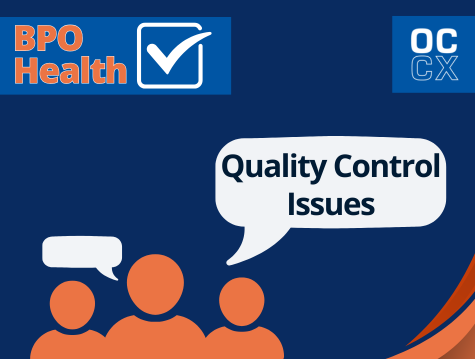
2025 BPO Market Trends & Pricing
Get insider insights from 1000+ BPOs & 500+ AI providers on:
- BPO Pricing Trends – Compare costs and find savings opportunities.
- Outsourcing & AI Value Matrices – See where regions and tech stack up on cost vs. CX impact.
- 2025 Market Predictions – Navigate rising labor costs, AI advancements, and strategic shifts.
- Expert Recommendations – Smarter outsourcing strategies for a competitive edge.
Skip the guesswork. Get the data.
Why Outsource Consultants
At Outsource Consultants, we empower businesses to navigate the complexities of BPO and AI. Our team of experts provides unbiased guidance, leveraging deep industry knowledge and a vast network of partners to deliver tailored solutions that meet your unique needs. We guide you through the entire outsourcing journey, from vendor selection to ongoing optimization, ensuring you achieve maximum ROI and improved customer experiences.

Hiring [Outsource Consultants] was the best decision we ever made in terms of customer service!
Working with Outsource Consultants has been an amazingly easy process. They took my project and requirements and were able to seek out the best options for my needs. The work they completed helped fast track my vendor sourcing project. The Outsource Consultants team is very flexible and made working with them a breeze. I highly recommend them.






